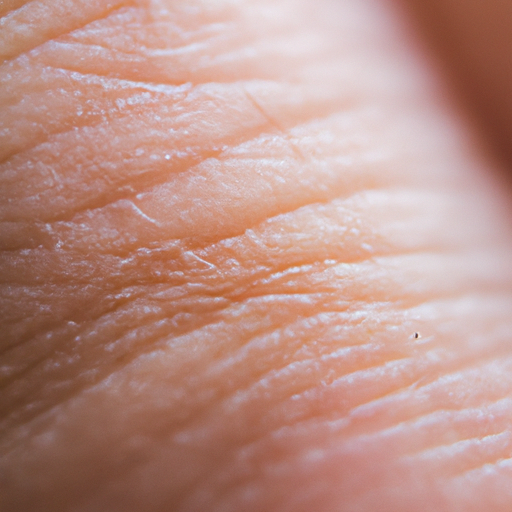As a dermatologist, I have encountered numerous patients suffering from dry skin, a common condition that can cause discomfort and affect one’s quality of life. Dry skin, or xerosis cutis, is not just a cosmetic concern; it can lead to more serious skin conditions if left untreated. This article aims to provide a comprehensive guide to diagnosing and treating dry skin.
Dry skin is characterized by a lack of the appropriate amount of water in the most superficial layer of the skin, the epidermis. It can occur due to various factors such as environmental conditions, aging, underlying health issues, or the use of harsh soaps and detergents. Symptoms can range from mild tightness and flakiness to severe inflammation, cracking, and itching.
Diagnosing dry skin involves a thorough examination of the skin and a detailed medical history. As dermatologists, we look for signs such as scaling, flaking, redness, or cracks on the skin. We may also ask about your lifestyle habits, such as bathing routines, the type of soap you use, and whether you have been exposed to certain environmental conditions like cold weather or low humidity. In some cases, we may perform skin tests or biopsies to rule out other skin conditions that can cause dryness, such as psoriasis or eczema.
Once we have diagnosed dry skin, the next step is treatment. The primary goal of treatment is to hydrate the skin and restore its natural protective barrier. This often involves lifestyle modifications and the use of topical treatments.
One of the first recommendations is to avoid factors that can dry out the skin. This includes limiting exposure to hot water and harsh soaps or detergents. Instead, opt for lukewarm water and mild, fragrance-free cleansers. After bathing, gently pat your skin dry and apply a moisturizer while your skin is still damp. This helps to lock in moisture.
When it comes to moisturizers, those containing ingredients such as hyaluronic acid, glycerin, lactic acid, or ceramides are often recommended. These ingredients help to attract and retain moisture in the skin. For severely dry skin, ointments or creams may be more effective than lotions as they contain more oil, providing a stronger barrier against moisture loss.
In some cases, over-the-counter treatments may not be sufficient, and prescription medications may be necessary. These can include topical corticosteroids to reduce inflammation and itching, or topical calcineurin inhibitors for those who cannot tolerate corticosteroids.
It’s important to remember that everyone’s skin is different, and what works for one person may not work for another. Therefore, it’s crucial to work with your dermatologist to develop a personalized treatment plan.
In conclusion, while dry skin is a common condition, it should not be overlooked. Early diagnosis and appropriate treatment can help to alleviate symptoms and prevent potential complications. As dermatologists, we are here to guide you through this process and help you achieve healthier, more comfortable skin.




